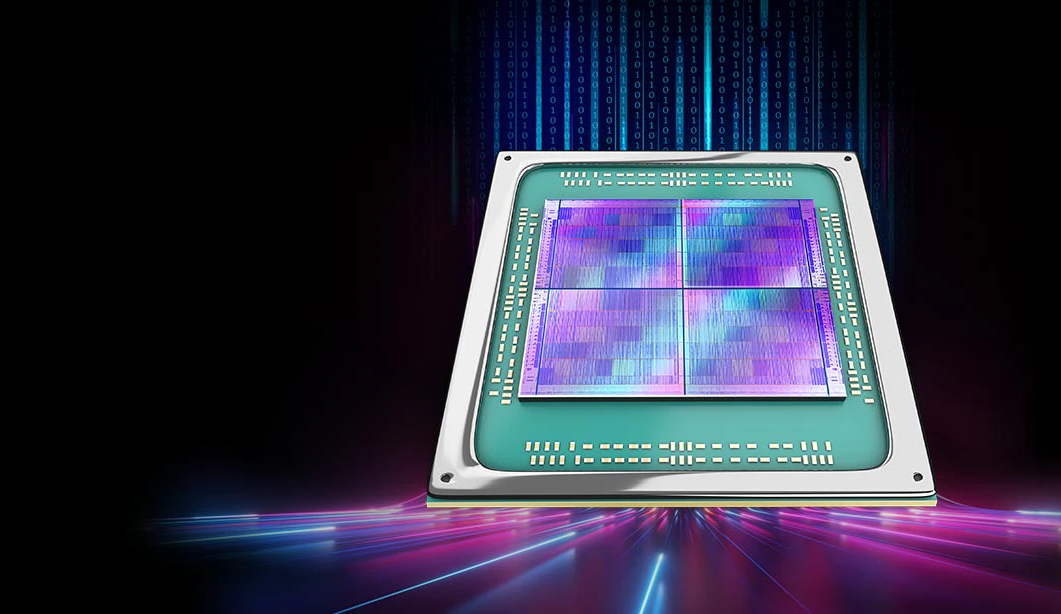AMD has announced that SAP has chosen AMD EPYC processor-powered Google Cloud N2D virtual machines (VMs) to run its cloud ERP delivery operations for RISE with SAP.
SAP Business Suite workloads will now run on AMD EPYC CPUs hosted on the Google Cloud N2D offering, aimed at delivering increased performance and energy efficiency to its customers.
The availability comes as many enterprises look toward cloud-first architectures to complement on-premise data centers.
AMD, Google Cloud and SAP aim to help customers achieve their most stringent performance goals during digital modernization efforts, while simultaneously delivering on their energy efficiency, scalability and resource utilization needs.
This collaboration will additionally look to increase adoption of AMD EPYC for cloud-based workloads, with the AMD EPYC processors offering improved performance, robust security features and energy-efficient solutions for enterprise workloads in the cloud.
Dan McNamara, senior vice president and general manager, server business unit, AMD, said: “AMD powers some of the most performant and energy-efficient cloud instances available in the world today.
“As part of our engagement with Google Cloud and SAP, SAP has selected AMD EPYC CPU-powered N2D instances to host its Business Suite enterprise software workloads. This decision by SAP delivers the performance and performance-per-dollar of EPYC processors to customers looking to modernize their data centers and streamline IT spending by accelerating time to value on their enterprise applications.”
Lalit Patil, CTO, SAP Enterprise Cloud Services, SAP SE, said: “As part of our RISE with SAP initiative, we have made a strategic decision to add AMD EPYC processor powered N2D instances in Google Cloud to run mission critical workloads for our enterprise cloud customers.
“Our engineering collaboration with AMD and Google Cloud can result in an increase in performance and performance-per-dollar over comparable instances.”



